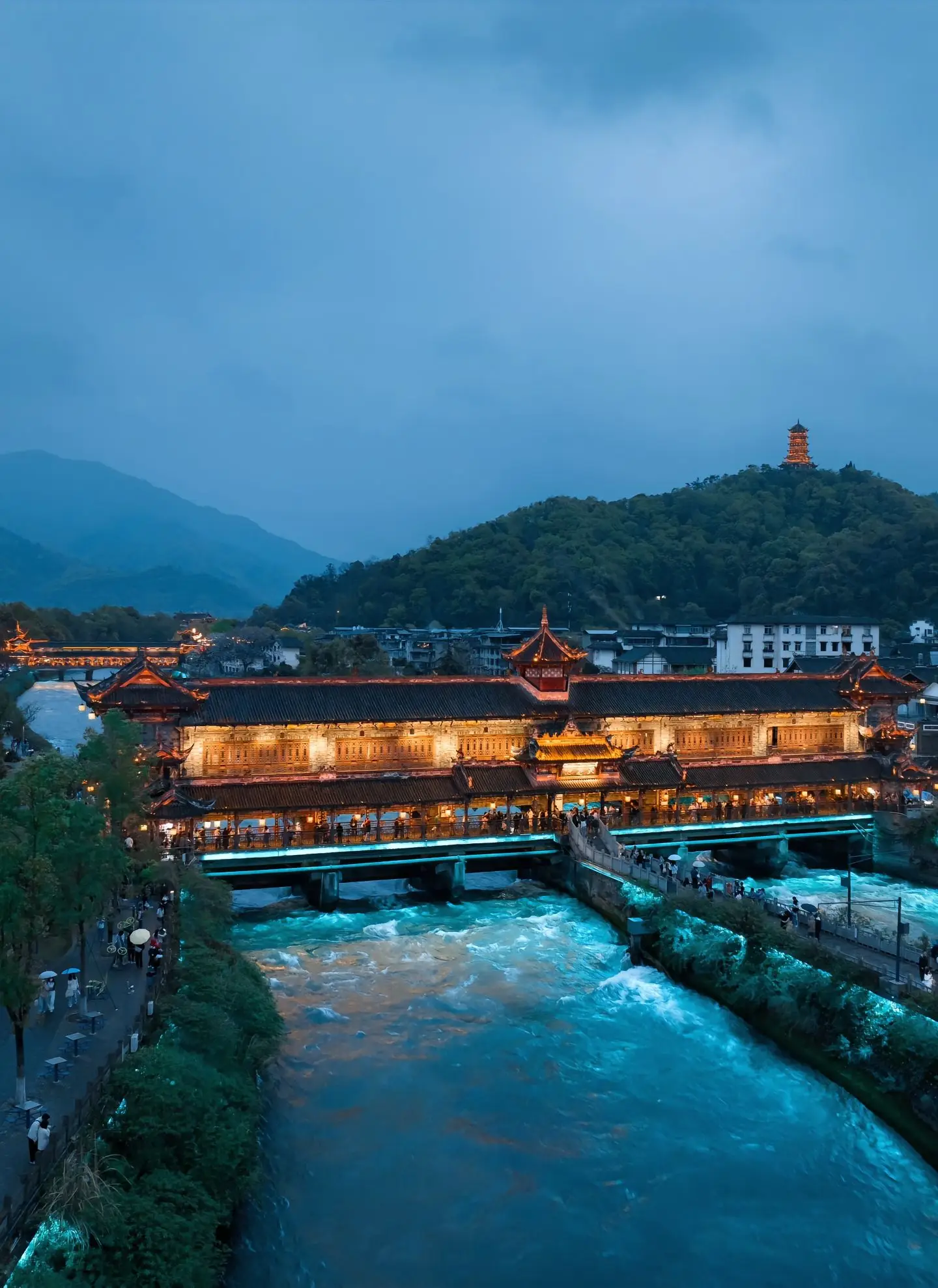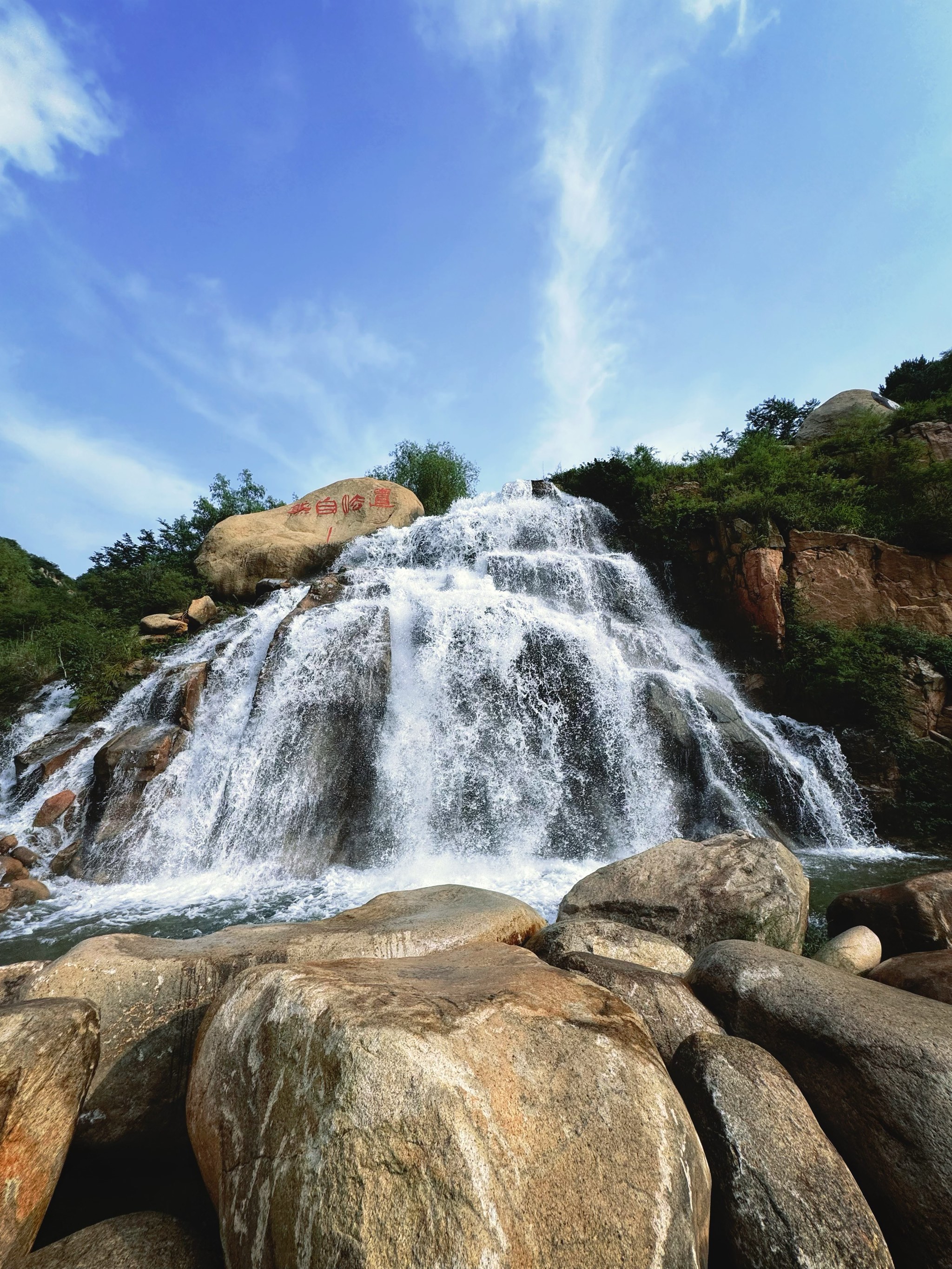So, you're dreaming of a trip to the United States? The sheer scale and diversity of the country can be overwhelming. From the neon-lit energy of its cities to the quiet majesty of its natural landscapes, planning the perfect American adventure is no small feat. This guide is designed to be your friendly travel companion, cutting through the noise to help you craft an unforgettable journey. We'll explore the nation's top attractions, offer practical travel tips, and outline sample itineraries to get you started.
First things first, let's talk about the practicalities of planning your US trip. A little forethought goes a long way in making your vacation smooth and enjoyable.
The United States is vast, and the best time to visit depends entirely on where you want to go and what you want to do. Generally, the late spring (May to June) and early autumn (September to October) offer pleasant weather across most regions, with fewer crowds than the peak summer season. If you're planning to explore the national parks in Utah or Arizona, these shoulder seasons are ideal, as the scorching summer heat has subsided. For a winter wonderland experience, destinations like Colorado for skiing or New York City for holiday festivities are magical, though be prepared for cold weather and higher prices.
Getting around this massive country requires a strategy. For covering long distances between regions, domestic flights are often the most time-efficient option. Airlines like Southwest, Delta, and American offer extensive networks. However, to truly experience the classic American road trip, nothing beats renting a car. The freedom of the open road, especially along iconic routes like the Pacific Coast Highway or Route 66, is an experience in itself. Within major cities, public transportation systems like the subway in New York or the "L" in Chicago are convenient and cost-effective for getting around.
Navigating the visa and entry requirements is a crucial first step. Travelers from many countries can enter the US under the Visa Waiver Program, which requires an approved ESTA (Electronic System for Travel Authorization) before you board your flight. It's essential to check the specific requirements for your country of citizenship well in advance of your travel dates. Ensure your passport is valid for at least six months beyond your intended stay.
Now, let's dive into the main attractions, starting with the iconic cities that never fail to captivate visitors.
No visit to the US is complete without experiencing the "City That Never Sleeps." The energy here is palpable, from the bustling sidewalks of Times Square to the serene paths of Central Park. A must-do for any first-time visitor is to take a ferry to the Statue of Liberty and Ellis Island, stepping back into the history of American immigration. For breathtaking views, head to the Top of the Rock Observation Deck or the Empire State Building. Spend an afternoon getting lost in the collections of the Metropolitan Museum of Art or exploring the trendy neighborhoods of Brooklyn, like Williamsburg or DUMBO. Catching a Broadway show is a quintessential New York experience, so be sure to book your tickets in advance for the best travel deals on popular performances.
On the opposite coast, the "City of Angels" offers a different kind of magic, centered around sunshine, entertainment, and a laid-back vibe. A visit to Hollywood is a must; you can see the famous Walk of Fame and the TCL Chinese Theatre. For a more active adventure, hike up to the Griffith Observatory for stunning views of the city and the iconic Hollywood Sign. Los Angeles is also a city of diverse neighborhoods. Explore the chic shops of Beverly Hills, the vibrant Venice Beach Boardwalk with its street performers, and the artistic enclave of Santa Monica with its classic pier and Ferris wheel. Don't forget to plan a day for one of the major movie studios, like Universal Studios Hollywood, for a behind-the-scenes glimpse.
The US capital is a living museum of American history and politics. The heart of the city is the National Mall, a sprawling green space flanked by magnificent monuments and world-class museums. You can spend days here without spending a dime, as the Smithsonian Institution museums, including the National Air and Space Museum and the National Museum of Natural History, offer free admission. Walk from the Lincoln Memorial, past the reflecting pool, to the Washington Monument, and then up to the U.S. Capitol building. A tour of the White House is possible but requires planning far ahead through your embassy. The city's neighborhoods, like Georgetown with its cobblestone streets and charming shops, offer a delightful contrast to the formal federal buildings.
Beyond the urban landscapes, the United States boasts some of the most spectacular natural wonders on earth, largely preserved within its national park system.
Located in Arizona, the Grand Canyon is a destination that truly deserves the word "awesome." The sheer scale and vibrant colors of the canyon are breathtaking. Most visitors head to the more accessible South Rim, which is open year-round and offers numerous viewpoints like Mather Point and Yavapai Observation Station. For a more adventurous trip, consider hiking a portion of the trails into the canyon, such as the Bright Angel Trail, but remember that the hike out is twice as hard. Alternatively, a helicopter tour provides a jaw-dropping perspective of the canyon's vastness. Planning where to stay is key; the historic El Tovar Hotel on the rim is a classic choice, but rooms book up over a year in advance.
This iconic mountain range in Wyoming is a paradise for wildlife enthusiasts and outdoor adventurers. The park is famous for its geothermal features, including the reliable Old Faithful geyser and the stunning, multi-hued Grand Prismatic Spring. But the real stars of the show are the animals. It's one of the best places in the world to see bison, elk, grizzly bears, and wolves in their natural habitat. When planning your Yellowstone travel guide, remember that the park is huge. A good strategy is to divide your visit into sections, focusing on different areas like the geyser basins, the Grand Canyon of the Yellowstone, and the Lamar Valley for wildlife spotting. Accommodations inside the park fill up fast, so secure your lodging early.

Carved by glaciers over millennia, this California park is a masterpiece of granite cliffs, towering waterfalls, and ancient giant sequoia trees. The most famous view in the park is from Tunnel View, looking out at El Capitan, Bridalveil Fall, and Half Dome. For hikers, the Mist Trail leading to Vernal and Nevada Falls is a challenging but incredibly rewarding experience. A visit to the Mariposa Grove to walk among the giant sequoias is a humbling experience. Due to its popularity, Yosemite requires careful planning. Between late spring and early autumn, a reservation is often required just to enter the park, so be sure to check the National Park Service website for the latest updates before you go.
To help you piece it all together, here are a few sample itineraries focusing on different regions and travel styles.
This two-week journey is perfect for those who want to experience the best of the American West. Start your trip by flying into Las Vegas for a couple of nights to experience the Strip's dazzling lights and world-class entertainment. From there, rent a car and drive to the South Rim of the Grand Canyon (about a 4.5-hour drive). Spend two nights here to fully appreciate the canyon's grandeur at sunrise and sunset. Next, head north to Page, Arizona, to witness the stunning, otherworldly beauty of Antelope Canyon on a guided tour and see the vast Lake Powell.
Continue your road trip into Utah, entering the stunning landscapes of Monument Valley, and then make your way to Moab, the gateway to Arches National Park and its delicate sandstone arches, and Canyonlands National Park. After exploring the red rock country, drive to Bryce Canyon National Park to wander among the unique hoodoos, and then onto Zion National Park for breathtaking hikes like The Narrows. Finally, make the scenic drive to Los Angeles to drop off your rental car and spend your final days enjoying the California sun before flying home.
For a taste of the East Coast's history, culture, and urban energy, this 10-day itinerary is a fantastic choice. Begin in the nation's capital, Washington D.C., allocating three days to explore the monuments, museums, and political landmarks at a relaxed pace. Then, take a train (Amtrak's Acela Express is a comfortable option) north to New York City. Spend four days immersing yourself in the Big Apple, visiting its iconic neighborhoods, seeing a show, and enjoying the world-class dining.
From New York, you can take another train or a short flight to Boston, Massachusetts. This historic city is walkable and rich with American Revolution history. Walk the Freedom Trail, explore Harvard University in Cambridge, and indulge in a meal in the Italian North End. This itinerary is efficient and minimizes time spent on logistics, allowing you to soak in the distinct character of each city.
If you have a week and a desire for dramatic coastal scenery, this California road trip is legendary. Fly into San Francisco and spend two days exploring the Golden Gate Bridge, Alcatraz Island, Fisherman's Wharf, and the city's charming cable cars. Then, pick up your rental car and begin the drive south on the Pacific Coast Highway (Highway 1).
Your first stop should be the charming town of Monterey and the spectacular 17-Mile Drive through Pebble Beach. Continue to Big Sur, where the mountains meet the sea. Stop at Bixby Creek Bridge and McWay Falls for iconic photo opportunities. Spend a night in the area to fully absorb the rugged beauty. The drive then takes you through the artistic community of Carmel-by-the-Sea and down to the college town of San Luis Obispo. Your final destination is Los Angeles, where you can spend your last few days enjoying the southern California vibe before flying out.
To make the most of your American vacation, here are some final, concentrated tips to ensure a smooth and memorable experience.
When visiting major national parks, always book your accommodations and any required permits or reservations as far in advance as possible—sometimes up to a year for popular parks like Yosemite or Yellowstone. In cities, booking several months ahead can secure better rates and more desirable locations.
Tipping is a standard practice in the United States for service workers. In restaurants, a tip of 15-20% of the pre-tax bill is customary. It's also expected for taxi drivers, hotel housekeepers, and tour guides. Be prepared for sales tax to be added at the register, as displayed prices rarely include it.
The US uses 120-volt electricity with Type A and B plugs. If you're coming from a country with a different standard, you will need a power adapter and possibly a voltage converter for certain appliances. Purchasing a local SIM card or an international data plan for your phone is highly recommended for using maps and looking up information on the go.
Pack for all seasons, even on a single trip. The weather can be highly variable. Layers are your best friend. Most importantly, wear comfortable walking shoes. You will be doing a lot more walking than you might anticipate, whether in a city or a national park.
The United States is a land of endless discovery. Whether you're drawn to the bright lights of its world-famous cities or the profound silence of its ancient canyons, a journey here promises a lifetime of memories. Use this guide as a starting point, do your own research, and get ready to embark on your own American adventure. The open road, the skyline views, and the natural wonders are waiting for you.





发表评论